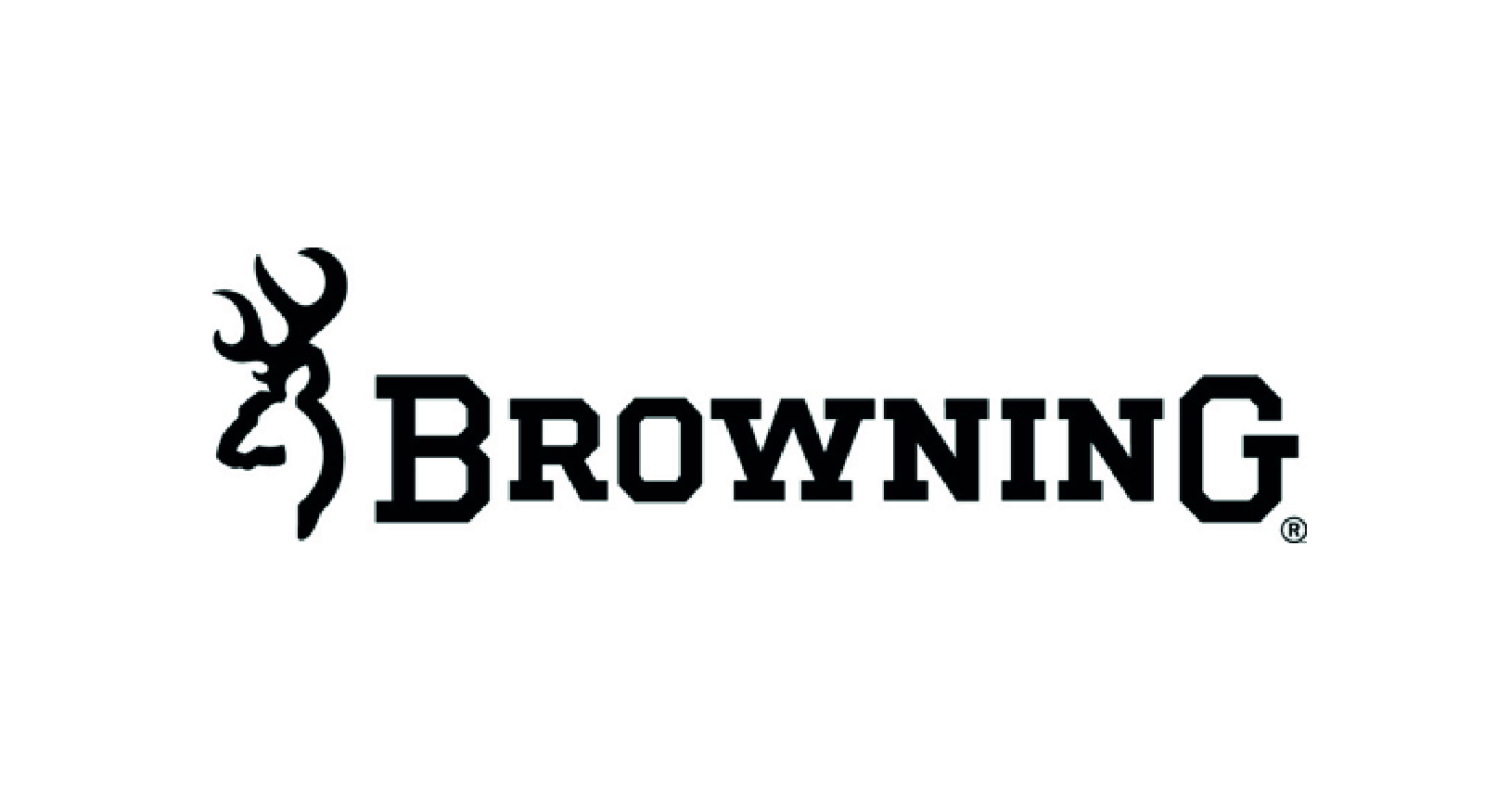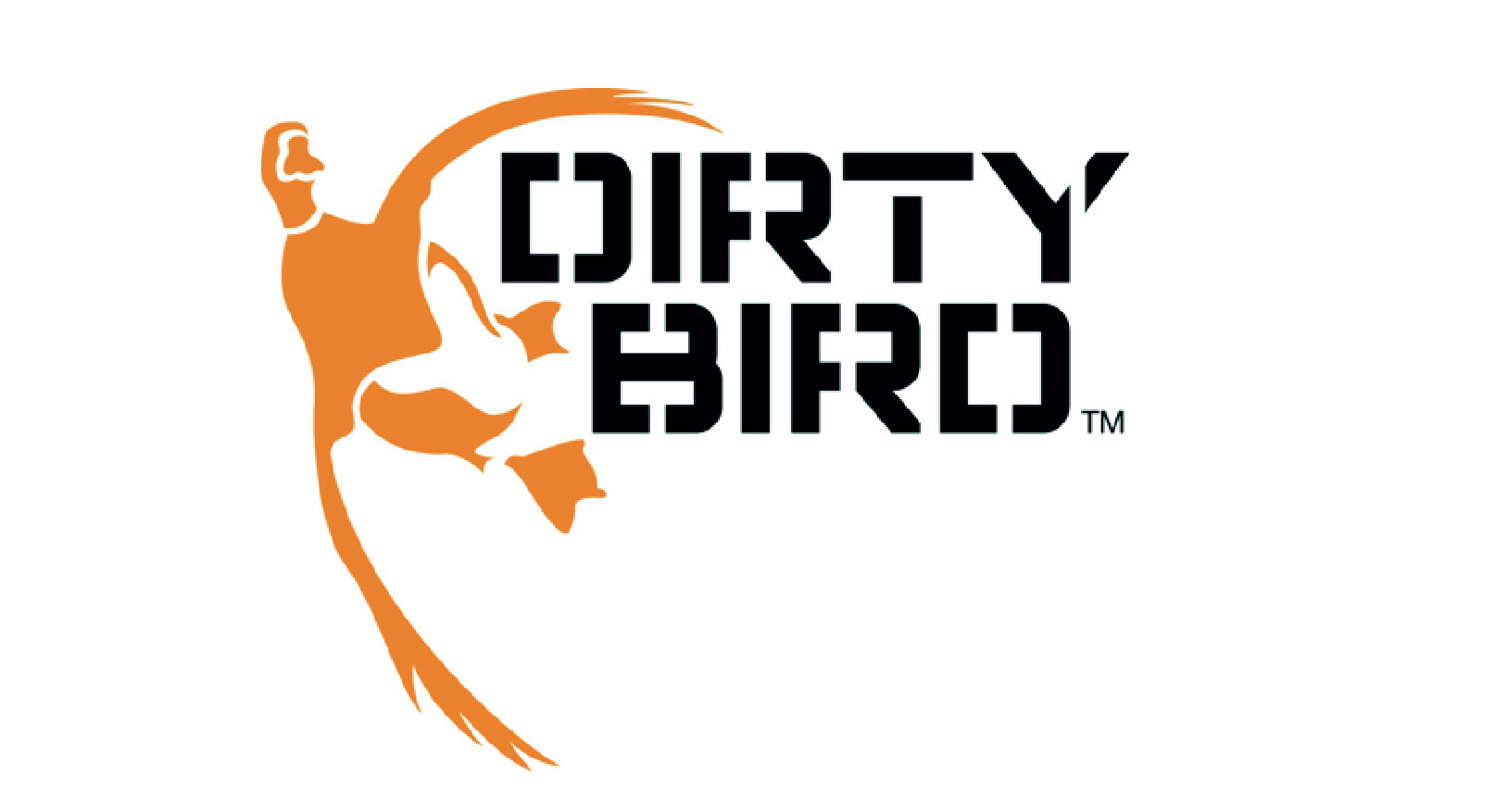



Each guest will be required to sign a safety declaration which confirms that they understood the rules of the shoot, and will abide by them.
Your guide will give a safety briefing before the shooting. Guests are also required to have third party insurance, either through BASC membership, or other insurance. Geese are large birds, and often look closer than they are, so, your guide will decide when the shot is taken. Good hides, decoy placement and light shooting pressure make it most likely that the geese will come into good range. Not content with those on the market, have had Greylag calls specially made by Hammond Calls in New Zealand. These sounds like geese – not like somebody blowing a goose call, and are available in The Gun Room at William Shearers.
When geese are using a field, we will have to make use of whatever cover is available. It may be a ditch, wall, hedge, or rough grass/heather. The ability to bring geese properly into range is very much dependent on being well hidden. We use a number of different methods of hide building, depending on conditions. The only part difficult to hide is your face, and the top of your head. A face mask and dead grass coloured hat is therefore a good investment; a black hat always gets a funny look! We also use layout blinds particularly when there is straw on the stubbles, or there is rough grass as cover.
What will the weather be like? Well, it could be just about anything, but rarely too hot! Early in the season, extra layers are not required, and most camouflage clothing is warm, and waterproof enough. Later in the season, extra layers may be required as the temperatures drop. Orkney is a windy place, but that helps to keep the geese low! Waders may be required in ditches occasionally, so bring them if you can, otherwise, The Gun Room has a good stock.
Groups can take their own dog. If you intend to bring your own well trained dog, remember to have your own lead and anchor as dogs leaping out of ditches as geese are being shot is very hazardous.

The best size of group for wildfowling is from four to six guns. If your group is less than four, we may book other guns to make up numbers for your visit, but never making more than six in total. If you are four or more, no other guns will join up with your party. Your guide will focus on setting decoys, hide building, calling and retrieving birds – he will not carry a gun.







